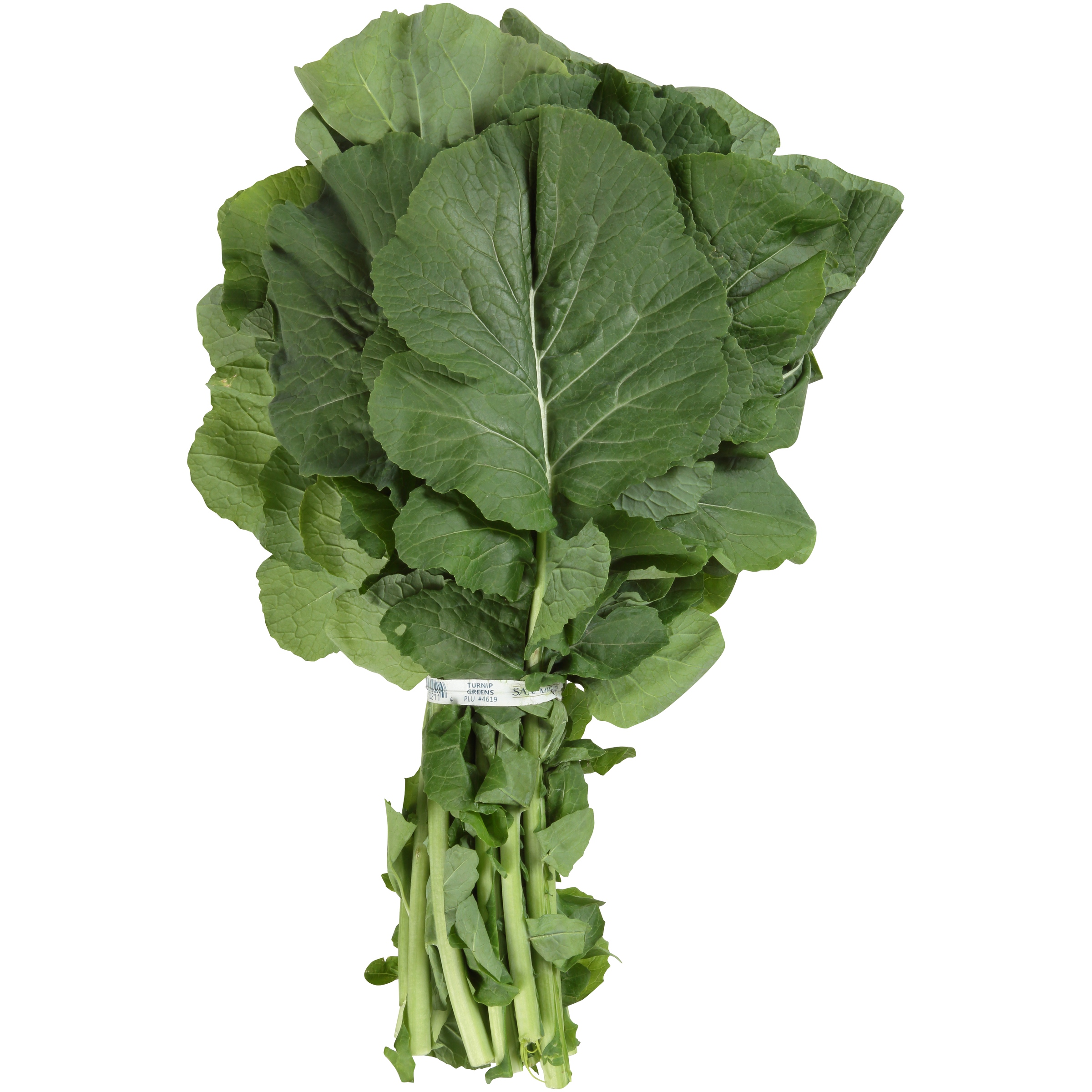Things have been humming along nicely with the indoor grasshopper growth work of
Thoptera. If you have been following along with previous posts, you know that an initial small batch of grasshoppers nymphs hatched in December 2019 from wild caught grasshoppers from Fall 2019. These egg pods were incubated indoors and eventually hatched. In March another batch hatched from these original eggs. The total number was nearly 300. That was in addition to the couple of dozen from December. The December batch has matured and has been actively laying egg pods for a few weeks and are nearing the end of their reproductive period. In the meantime the later (more numerous) batch has been consuming large amounts of store-bought romaine lettuce hearts. They have been growing quickly thanks to plenty of food and improved temperature and lighting resources, which include both UVA and UVB.
 |
| Adult Melanoplus differentialis (notice wings are present). |
A new venture like this is always about experimentation and learning. Months back I experimented with some other food types. These included other lettuce types, turnip greens, collards, etc. While the grasshoppers seemed to like the variety to a degree, based on consumption, they always seemed to gravitate back to the romaine lettuce. As a consequence, I have stuck primarily with this food source along with plenty of dry bran.
 |
| Turnip green bundle. |
This week, while at a big box grocery, I picked up some turnip greens. It was really just on a whim. The leaves are big and dark green. This was a fatal error. I placed a few leaves of turnip greens into each of the growth chambers. Immediately the grasshoppers began to devour the leaves. I usually check on the grasshopper chambers every few hours. When I returned I noticed several of the grasshoppers in the chamber with the higher population behaving erratically. Some were on their backs, others had legs that were quivering. There were many that appeared to be dead. Upon closer examination, a few of the older grasshoppers were noticeably sick as well.
 |
| Grasshoppers having a meal. |
The high density chamber had consumed all of the turnip greens I had given them and I was preparing to give them more. Based on the observations, I gave that a second thought. I remembered a research publication I had read that detailed experimentation with growing grasshoppers in captivity. I recalled that one particular paper pointed out the problem with some of the greens that were feed to their grasshoppers had been contaminated with pesticides and resulted in deaths of their stock. This is likely what had just happened to
Thoptera's largest batch of grasshoppers hatched to date. I quickly removed what was left of the turnip greens in all of the growth chambers. I hoped that all of the grasshoppers hadn't indulged in the juicy leaves. I would have to wait until morning to see what the final death toll would be.
 |
| Grasshoppers were piled in quantities of 10 to obtain a death count. |
Morning revealed mass casualties. Over 150 of the large batch had died or were near death. Several of the December group had died as well. Thankfully these were nearing end of life anyway. Without a doubt though, some potential egg pod production was lost. There are still around 100 left of that large group. A few more may die still, but hopefully the carnage has ended!
 |
| Deceased grasshoppers from presumed pesticide contamination. |
Lesson learned. From now on, stick to a tried and proven variety and brand of lettuce (greens). If I want to experiment with a new feed type or source, I always need to try it out on a small test group of grasshoppers.




